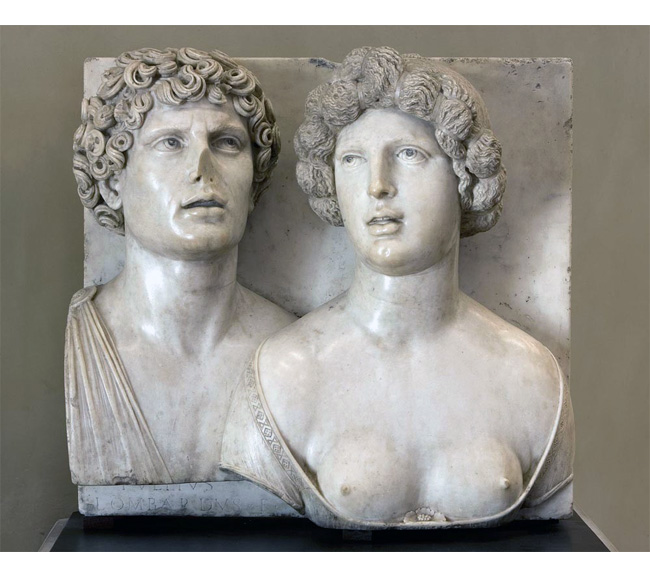Tullio Lombardo
Saturday, 4 July 2009
Although I have never tried my hands in sculpture before and do not know the tools and processes involved to make a piece come alive, ancient sculptures never cease to amaze me. The level of detail and expression, coupled with a unforgiving medium, achieved with only simple tools, is simply mind-boggling. The ‘Undo’ function I have come to rely on so much is certainly nowhere to be found!

Venetian Renaissance sculptor Tullio Lombardo (c. 1455–1532) crafted close-up treatments of secular subjects designed for an audience that could respond to their elusive, haunting character in an intimate setting. A type of sculpture never seen before, these portrait-like busts in exceptionally high relief represented figural types descended from ancient Greek and Roman art, given immediacy by their Renaissance hairstyles and costume details. They seem to belong simultaneously to two worlds: classical antiquity, as imagined in the 15th century, and contemporary Renaissance Venice.
Two of his most famous pieces are the so-called “Bacchus and Ariadne”, pictured above, and “The Couple”, pictured below. The sensuously smooth flesh of these ideally beautiful young men and women, portrayed partially nude, contrasts with intricate detail carving in costume elements and in hair that surges with movement. Their restless expressions, with parted lips and wide-open eyes that seem to gaze into the distance, suggest states of reverie, anxiety, or yearning. They depart dramatically from conventions of late 15th-century Venetian portraiture, typically formal, reserved, and confined almost exclusively to painting. (Art Daily).


